
|
The railway crossed Clague Road about midway between present day Bruce and Russell Roads. On the southwest corner of the tracks and Clague Road stood the Dover Bay substation, built in 1907. This was one of several substations built along this busy section of the railway to supply the large amount of power required by the number of cars using the line each day. It also served as stop 13 and was the site of a messy accident. On September 8, 1912 a two car Cleveland to Detroit limited hit a truck which was crossing the tracks on Clague Road. The truck was carried 150 feet down the tracks by the train which derailed and jack-knifed. The first car of the train (#149) flipped onto its side, while the second (#147) remained upright. Thirty five people were injured, but miraculously nobody, including three men in the truck, was killed. Stop 14 was at Upland Road, and is now the intersection of Upland and Electric Drive, so named because it is paved directly over the Lake Shore Electric right-of-way. Although this section of Electric Drive ends at Forestview Road the right-of-way is still quite easy to follow both on the ground and by satellite maps. Much of it is still used as bike paths and walking trails between neighborhoods and modern electrical lines still follow the old route. The cinders used as ballast by the railway are still evident among the weeds in these areas, and occasionally a railroad spike, bolt, or tie can be found. Many of the present day neighborhoods of Bay Village were apple orchards, peach orchards and vineyards in the Lake Shore days. Street names like Vineland and Woodland reflect this, as does Bassett Road, named for Nathan Bassett who owned extensive orchards in the area. The LSE shipped this fresh produce to markets in Cleveland and even delivered some to homes along the line. As with all towns, street names change over time. Woodland Road is now Forestview Road, Hall Road is now Columbia Road, and Forest Park is now Oakmoor Road. At West Glen Park Drive, just north of Wolf Road, the street is divided around Wischmeyer Creek. Stone abutments from a Lake Shore Electric bridge still exist here among the trees. Stop 22 was named Wischmeyer's and served the farm and hotel owned by the family of that name. The Wischmeyer Hotel was built on the cliffs above Lake Erie in 1874 and could accommodate 70 guests. The cool lake breeze, boat house, and pavilion for parties and entertainment made this a popular stop for traveling businessmena and city dwellers. The cellar below the hotel could store 10,000 gallons of wine made from the families large vineyards. The Wischmeyer's built a sizable waiting station at stop 22 for the convenience of their guests. In the photo of the stop below the vineyards can be seen in the background. The largest and most prominent Lake Shore Electric structures in Bay Village are the Cahoon and Huntington trestles. These were originally wood trestles built during the construction of the Lorain & Cleveland Railway in the 1890's. By the 1920's the increase in traffic and the weight of newer interurbans necessitated their replacement with concrete and steel. Amazingly these were replaced without stopping traffic on the line (see magazine article below.) Cahoon trestle (544 feet long) spanned a valley from near Dover Center Road to Cahoon Road, while the Huntington trestle (432 feet long) crossed Porter Creek from east of today's Porter Creek Drive to Long Beach Pkwy. When the line was dismantled the rails and steel girders were removed from the bridges but the concrete piers remained. Even stone abutments from the original wood trestle, which were incorporated into the concrete bridges, still remain. During the construction of Bay Village Park much of the Cahoon trestle was buried in fill. Sadly, the last unburied remains of Cahoon trestle were demolished in 2010 for public safety reasons. However, the Huntington trestle is still standing and easily viewed from Porter Creek Drive in the Cleveland Metroparks Huntington Reservation. Stops such as Cahoon Road, Long Beach Parkway, and Lake Erie Park were popular with bathers and picnickers headed for the beaches immediately to the north. According to the Bay Village history website, "A tragedy struck the interurban on July 4, 1926, when a group of picnickers, trying to get back to Cleveland, were killed when a half dozen of them decided to walk the Cahoon trestle back one stop in order to get a better seat. Two trolleys coming from opposite directions met on the trestle, and the motorman in the eastbound trolley, blinded by the approaching headlight of the other train, did not see the picnickers on the track." Neighborhoods and businesses grew up along the LSE. At least two grocery stores benefitted by the relationship. In 1919 the West Shore Supply Co. opened on Bassett Road at LSE stop 32. The store was leased to the A&P chain in the 1930's but closed in 1938 when the LSE stopped its service. The building still exists today and the parking lot is paved over the LSE right-of-way. George Pecarik operated a small grocery store at stop 35 on Bradley Road. Customers could buy their items and wait for the next interurban during bad weather. The Lake Shore also served as school bus for many children in these suburbs. George Serb, writing in the Villager Newspaper in the 1990's recounted stories of how the school would arrange for students to ride the LSE for free on the first day of class, where they would recieve a monthly book of pink tickets for the rides to and from school. "If one forgot the ticket book, the ride cost 5 cents and conducters very rarely collected, but requested an extra ticket on the next ride." |
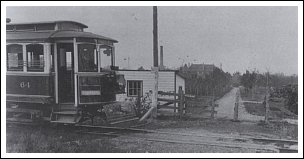
mansion in the background. (Gilbert Hodges photo) |
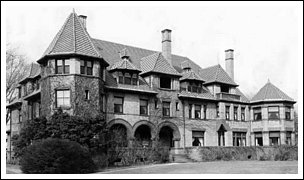
above. (Cleveland State University Library) |
|

by then president Barney Mahler. (Virginia Peterson) |
|

Clague Road. (Dennis Lamont) |
|

(Dennis Lamont) |
|

substation in 1912. (Harry Christiansen) |
|
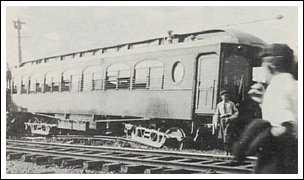
(Harry Christiansen) |
|

Road in September 1936. (Thomas Patton) |
|
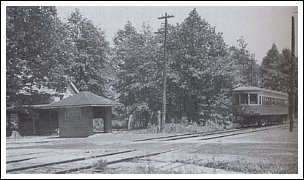
(Ralph A. Perkin photo) |

in 1934. (Dennis Lamont) |

(Todd Stoffer photo) |

waits in Bay Village, sometime before 1925. (Bob Beck/Plain Dealer) |
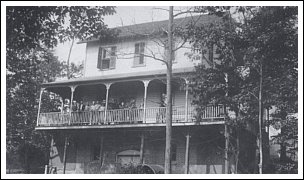
businessmen and city vacationers. (Virginia Peterson) |

guests of their hotel. (Virginia Peterson) |
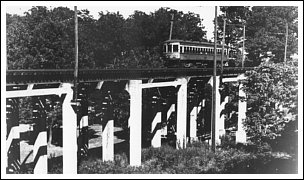
to be a pedestrian walkway underneath. (Dennis Lamont) |

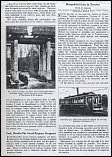
(Dennis Lamont) |

compared to the modern view at right. (Historic Aerials) |
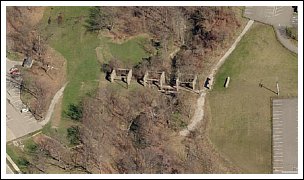
(Bing.com/maps) |

(www.flickr.com) |
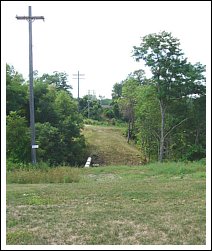
in 2010. (Todd Stoffer photo) |

(Harry Christiansen photo) |

(Drew Penfield photo) |

(Dennis Lamont) |

(Thomas Patton) |

The bottomland was farmed then. (Thomas Patton) |

Beach Park in 1936. (Drew Penfield) |
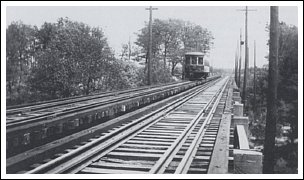
(Harry Christiansen) |
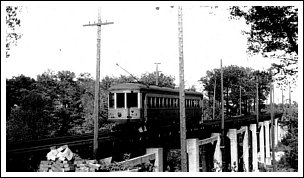
a year later. (Dennis Lamont) |
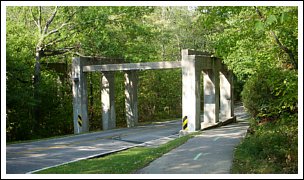
(Drew Penfield photo) |

(www.flickr.com) |

(Todd Stoffer photo) |
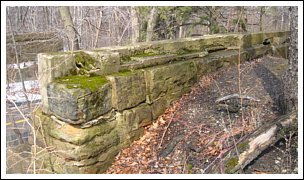
new trestle and remains today. (Dennis Lamont photo) |
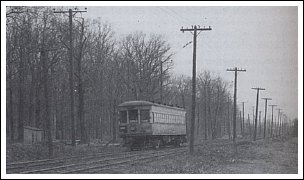
(Karel Liebenauer photo) |
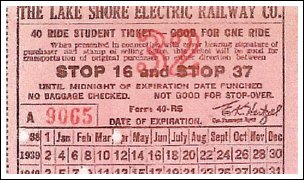
|
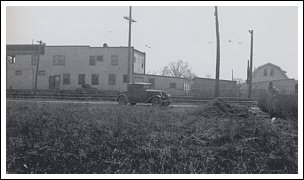
The building still exists. (Virginia Peterson) |

to the tracks at stop 35, Bradley Road. (Virginia Peterson) |
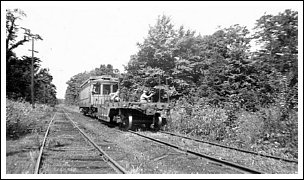
the line had closed. (Dennis Lamont) |
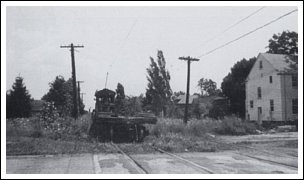
after the end of operations. (Thomas Patton) |
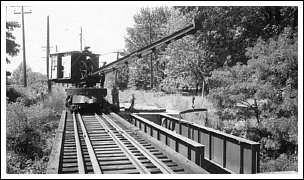
Huntington trestle in 1939. (Tom Bailey) |

former right-of-way, 70 plus years later. (Todd Stoffer photo) |
|
|
|